Streaming Heritage
Streaming Heritage is a media arts festival in Nagoya. Works by eight artists/groups with ties to the area can be found along the Hori River in the districts of Atsuta/Miya no Watashi, Naya Bridge, and Nagoya Castle. Headliners include video artist Hiraki Sawa, who currently has an exhibition at Ota Fine Arts in Tokyo. Open 11:00–20:00 on Fridays, Saturdays, and Sundays through March 28, the festival includes outdoor film projections that can only be viewed after dark. These spots will feature music and sound art during the day. There is also a program of artist performances and talks (reservations required).
A convenient way of touring the festival is to depart from Exit 4 of Temma-cho Subway Station, walk to the exhibition site of Niwa Residence in the Atsuta/Miya no Watashi area, and then take a ride on a yakatabune leisure boat from Miya no Watashi Pier to Naya Bridge. You can also walk along the Hori River, or take another yakatabune from Naya Bridge to Asahi Bridge Pier in the Nagoya Castle area. Mobium, a bus/creativity lab and information center, can be found at the central Nayabashi Yume-hiroba square. The festival is free, except for boat rides (¥200–¥300) and admission to Nagoya Castle (¥500).
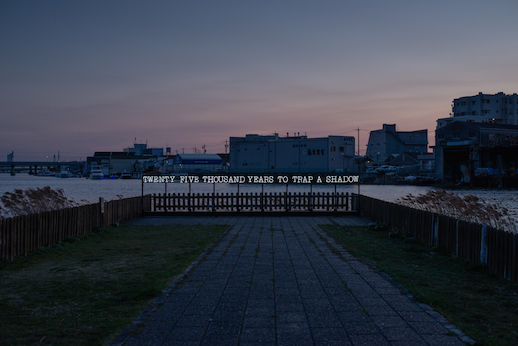
Youki Hirakawa is a video and installation artist who examines film as a medium and a material. His installation “Twenty Five Thousand Years to Trap a Shadow” at the dock in front of Niwa Residence refers to a lecture on the origins of cinematography by film historian Wilfred Day.
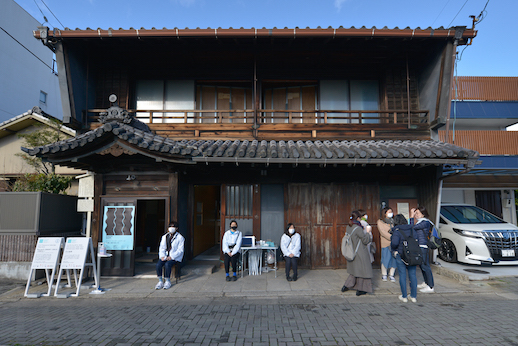
The Niwa Residence, an inn for daimyo entourages in the early 1800s when Atsuta was a post town on the Tokaido Road, has been turned into an exhibition site and cafe/bar.
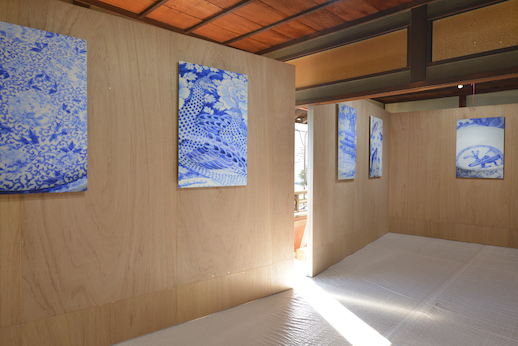
Inside Niwa Residence, photographs by Daici Ano highlight the area’s history as an export site for Seto ware, which was treasured across Japan and around the world in the early 1900s. Ano has captured the beautiful blue and white patterns of the ceramics, which were shipped on the Hori River.
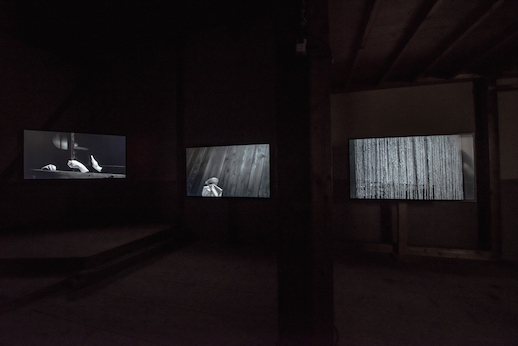
Also at Niwa Residence is a video installation by Youki Hirakawa. Three screens show recreated footage from prewar Japanese films that have been lost. Hirakawa used archival photographs to build sets and reshoot the films.
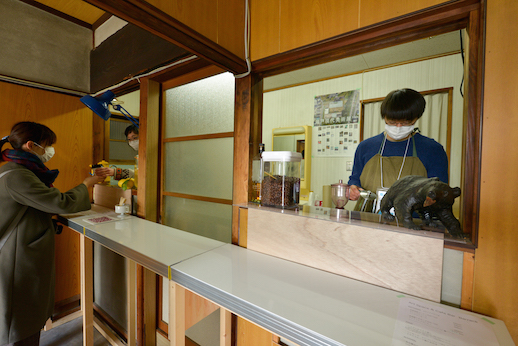
The artist unit Barrack (Kanako Kondo and Taiki Furuhata) is based in Seto, a town a half hour east of Nagoya where Seto ceramics originated. In addition to collaborating with guest artist Daici Ano on the photography exhibit, Barrack runs the cafe and bar, which features art events and serves refreshments.
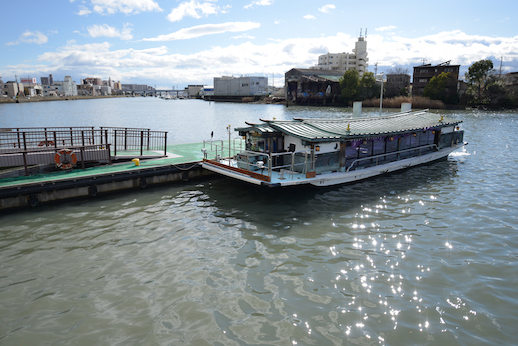
A yakatabune ride is a great way to take in local sites and history. The lavishly decorated interiors of the boats feature low-sitting tables and windows along the sides for gazing at the scenery, which includes historic bridges and Matsushige Lock. Be sure to check the boat schedule.
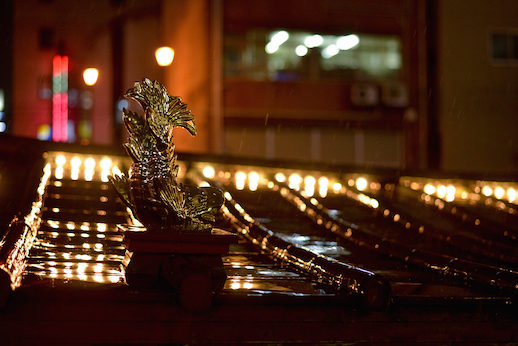
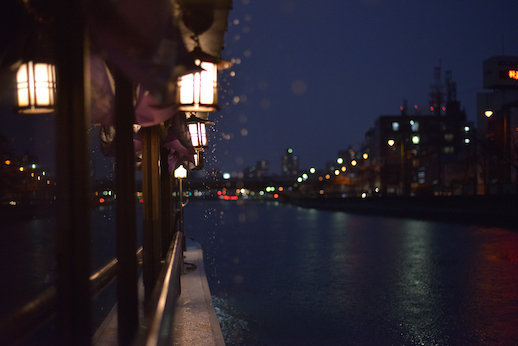
The boats travel under several bridges, some of which have artworks projected onto them. You can catch a glimpse of these displays from the boats, but the works are best viewed on land. Check out the following:
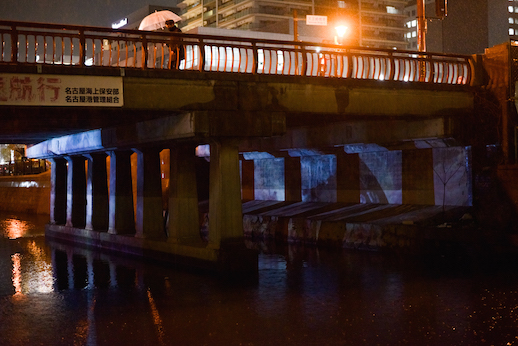
Digital media artist Yuichi Ito uses data-error glitches and noise in his installations of visuals and sounds. His work under Tennozaki Bridge features a film projection of scrambled video footage and ambient music.
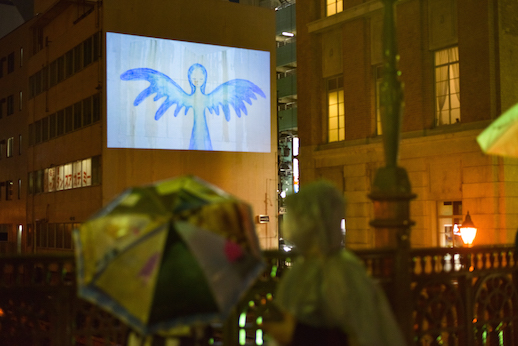
Miyo Sato works with sand and paint-on-glass techniques to produce free-flowing, emotionally resonate animations. Her work, accompanied by a soundtrack by the American musician Bonzie, is screened on the side of a building viewable from Naya Bridge.
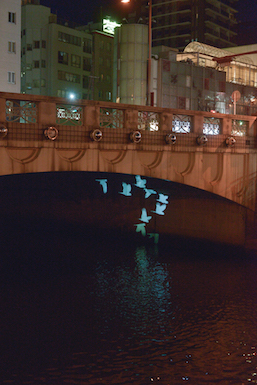
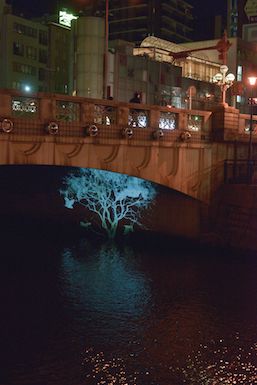
Hiraki Sawa combines memories and scenes from his imagination in dreamy video installations. His “Flying Along a Dry River Bed (Installation)” is projected under Nishiki Bridge.
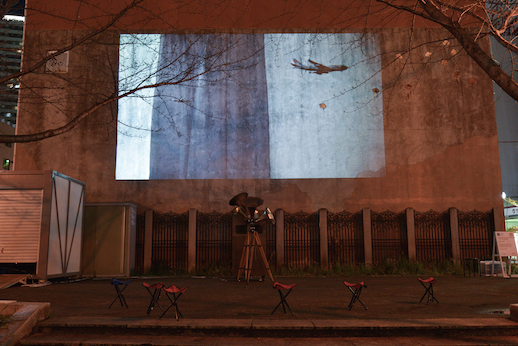
More of Sawa’s work can be seen at the nearby Minori no Hiroba square, where his films are shown against a building wall. In front stands a sound system of multiple gramophone speakers that Sawa built himself.
Photography by Ko Yamada


